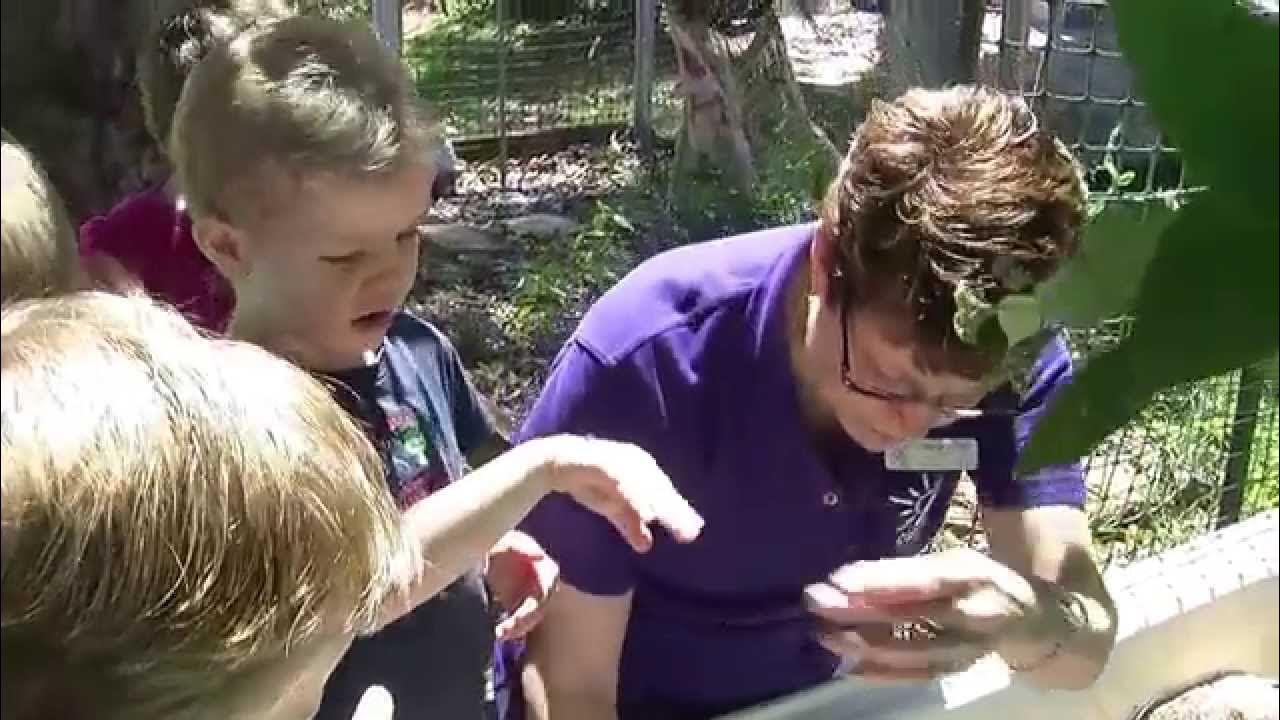What to do When your worm castings dry out
Summary
TLDRIn this video, the host checks on their Louisiana swamp worm tower, observing the worms' health and discussing their composting process. Despite challenges with sprouting avocados and overly wet bedding, the worms are reproducing well. The host adds new bedding and food, including shredded paper, kitchen scraps, and eggshells, to maintain the worms' habitat. The video emphasizes the importance of monitoring and adjusting the worm bin environment to ensure successful composting. The host shares tips on worm care and invites viewers to subscribe for more content.
Takeaways
- 🌱 The video is about checking on a Louisiana swamp worm tower and the progress of the worms within.
- 🐱 The presence of the speaker's daughter's cat is mentioned, indicating a homely and personal setting for the video.
- 🥑 The speaker discusses the sprouting of an avocado and the challenges of planting them successfully.
- 🌿 The worm bedding is described as very thick, with many small worm babies, indicating a healthy population.
- 🌑 Dark castings are observed, which is a sign of healthy worm activity.
- 💧 The speaker notes that the bin is running very wet, with water coming out of the spigot, suggesting a need for adjustment.
- 📦 Shredded paper is introduced as a new bedding material for the worms, which they seem to enjoy.
- 🔍 The speaker mentions the worms' similarity to red wigglers in behavior but notes their darker, maroon color.
- 🍌 The video includes a variety of food items for the worms, including a used tissue, kitchen paper towel, eggshells, and fruit peels, despite some being considered 'forbidden foods'.
- 🌱 The importance of the worms' composting ability is highlighted, as they are used for composting food scraps.
- 🕳️ The speaker digs a hole to add new food and bedding, showing the process of maintaining the worm tower.
- 🔄 The need to dry out the bin is emphasized, as it is too wet for the worms' comfort and for successful harvesting of castings.
Q & A
What is the main topic of the video?
-The main topic of the video is the care and maintenance of Louisiana swamp worms, also known as Swampers, in a worm tower for composting purposes.
What does the speaker observe about the avocado sprouting in the worm tower?
-The speaker observes that the avocado is sprouting, indicating that the worms are doing well, but also notes that the bedding is very thick and wet, which might be affecting the worms' health.
What is the significance of the dark color of the castings mentioned in the script?
-The dark color of the castings indicates that the worms are healthy and the composting process is going well.
What issue does the speaker identify with the worm tower's bedding?
-The speaker identifies that the bedding is too wet and cakey, which could make it difficult to harvest the worms and might be too wet for their optimal health.
What action does the speaker take to address the lack of food for the worms?
-The speaker adds shredded paper to the worm tower to provide the worms with more food.
How does the speaker describe the behavior of the Louisiana swamp worms compared to red wigglers?
-The speaker describes the Louisiana swamp worms as being very similar to red wigglers in behavior, but with a slightly darker, almost maroon color.
What type of food does the speaker mention feeding the worms, and why is it considered a forbidden food?
-The speaker mentions feeding the worms orange peels, which are considered a forbidden food because they can be too acidic and slow down the composting process.
Why does the speaker microwave the eggshells before adding them to the worm tower?
-The speaker microwaves the eggshells to kill any bacteria that might be present, making them safer to add to the worm tower for grit.
What is the speaker's approach to managing the moisture level in the worm tower?
-The speaker plans to dry out the worm tower by fluffing the bedding daily and leaving the lid off to allow for better air circulation.
How does the speaker describe the worms' behavior when it comes to moving between trays in the worm tower?
-The speaker describes the worms' behavior as unpredictable, with worms choosing to stay in areas with more microbes even when food is available in other trays.
What advice does the speaker give about interacting with worms in the worm tower?
-The speaker advises that worms should be interacted with daily, emphasizing that they are like pets and that it's important to check on them regularly to ensure they are healthy and happy.
Outlines

Dieser Bereich ist nur für Premium-Benutzer verfügbar. Bitte führen Sie ein Upgrade durch, um auf diesen Abschnitt zuzugreifen.
Upgrade durchführenMindmap

Dieser Bereich ist nur für Premium-Benutzer verfügbar. Bitte führen Sie ein Upgrade durch, um auf diesen Abschnitt zuzugreifen.
Upgrade durchführenKeywords

Dieser Bereich ist nur für Premium-Benutzer verfügbar. Bitte führen Sie ein Upgrade durch, um auf diesen Abschnitt zuzugreifen.
Upgrade durchführenHighlights

Dieser Bereich ist nur für Premium-Benutzer verfügbar. Bitte führen Sie ein Upgrade durch, um auf diesen Abschnitt zuzugreifen.
Upgrade durchführenTranscripts

Dieser Bereich ist nur für Premium-Benutzer verfügbar. Bitte führen Sie ein Upgrade durch, um auf diesen Abschnitt zuzugreifen.
Upgrade durchführenWeitere ähnliche Videos ansehen

Breeder Bin Managing to Success - Module 4: Breeder Cycle Length 21 Days or ??!

How to Start Vermicomposting (Worm Composting for Beginners!)

How We Are Worm Farming Indoors And It Keeps Growing

What 10 Months Of Worm Farming Has Taught Us

Connecting with Practice Series NQS PLP - Worms are fun!

How to build a worm composter | Natural History Museum
5.0 / 5 (0 votes)
